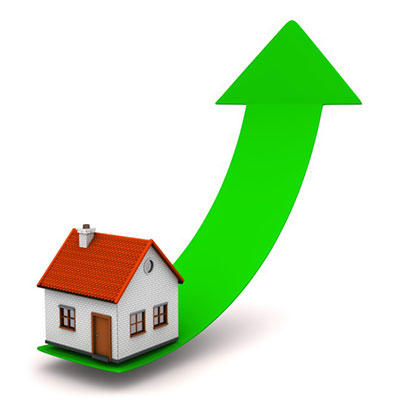A new report has underlined the strong start to the year for the British property market, with the positivity recorded at the end of 2015 continuing.
Data from the research conducted by Connells Group shows the number of active buyers coming into the residential market has soared to record highs. Combinations of attractive factors, such as low interest rates, have contributed to this increase.
Growth
David Livesey, group chief executive, noted that with stock available at record lows, additional pressure from new buyers, combined with buy-to-let investors looking to beat the stamp duty deadline, has lead to widely-restricted choice.
He believes however that the ratio of applicants in comparison to new instructions has evened out and that property price growth has not been as rapid as seen in previous quarters. This in turn is leading investors or first-time buyers to believe that purchasing could be productive in the long-term.
Livesey said, ‘this slight cooling has by no means turned into a chill, with property remaining a valuable asset that will continue to increase in value for the foreseeable future. Supply side initiatives, driven by the Government’s attempt to stimulate housebuilding in particular, may need further support if they are to have any meaningful impact on the level of available stock in the short term.’[1]
Positive
The report indicates that landlords and tenants alike have enjoyed a productive beginning to the new year. Activity from renters has risen healthily, with many looking to move into new accommodation.
Interestingly, the report shows that despite the fresh demand from new applicants entering the market, the ratio of registered applicants is not as high as in the same period in 2015. Average rents across England have also stabilised .
Mr Livesey pointed out that a rise in rental stock is easing pressure on the market, as buy-to-let landlords are moving to purchase less expensive properties. ‘This may not be what the Government had in mind when it aided the construction of such properties, but it has given tenants respite nonetheless. In addition, tenants are also driving harder bargains, securing longer leases at a cheaper monthly rate meaning they need to return to the market less often, which is also attractive to landlords.’[1]
‘The mortgage market has also sprung back to life this quarter, largely propelled by high activity levels in the residential and buy-to-let sectors. Home movers and first-time buyers are seeking to take advantage of the low interest rate, high LTV lending environment,’ he continued.[1]

Strong start to the year for property market
Stamp Duty increases
Unsurprisingly, the report confirms that there was a substantial increase in buy-to-let lending as a result of the 3% stamp duty surcharge on buy-to-let and second properties. The report shows that lending activity fell after the deadline.
Livesey notes however that, ‘this is not a sign that investors have lost confidence, more a short term trend as they simply sought to avoid an unnecessary upfront cost. Indeed, over the long term, the sector is more than capable of riding out the increased levy given its strong fundamentals, namely, high yields, high rental demand and accessible mortgage lending.’[1]
Brexit fears
With uncertainty surrounding the upcoming EU referendum growing, the report suggests that the economic outlook still looks positive.
‘There are some warning lights flashing in certain areas of the global economy and the current Brexit debate is leading to a degree of business uncertainty. The uncertainty is similar to that seen in the lead up to the Scottish Referendum in 2014 and the UK General Election in 2015 and whilst this may introduce some hesitancy to the market during the second quarter of the fundamentals of the UK economy remain strong, with low unemployment, reasonable rates of GDP growth and rising real term wages, ‘Livesey observed.[1]
‘This generally positive climate looks set to be maintained over the coming quarters, regardless of the result of the upcoming referendum and with demand for housing continuing to outstrip supply, the outlook for the hosing market remains positive,’ he concluded.[1]
[1] http://www.propertywire.com/news/europe/uk-property-market-outlook-2016051011895.html






